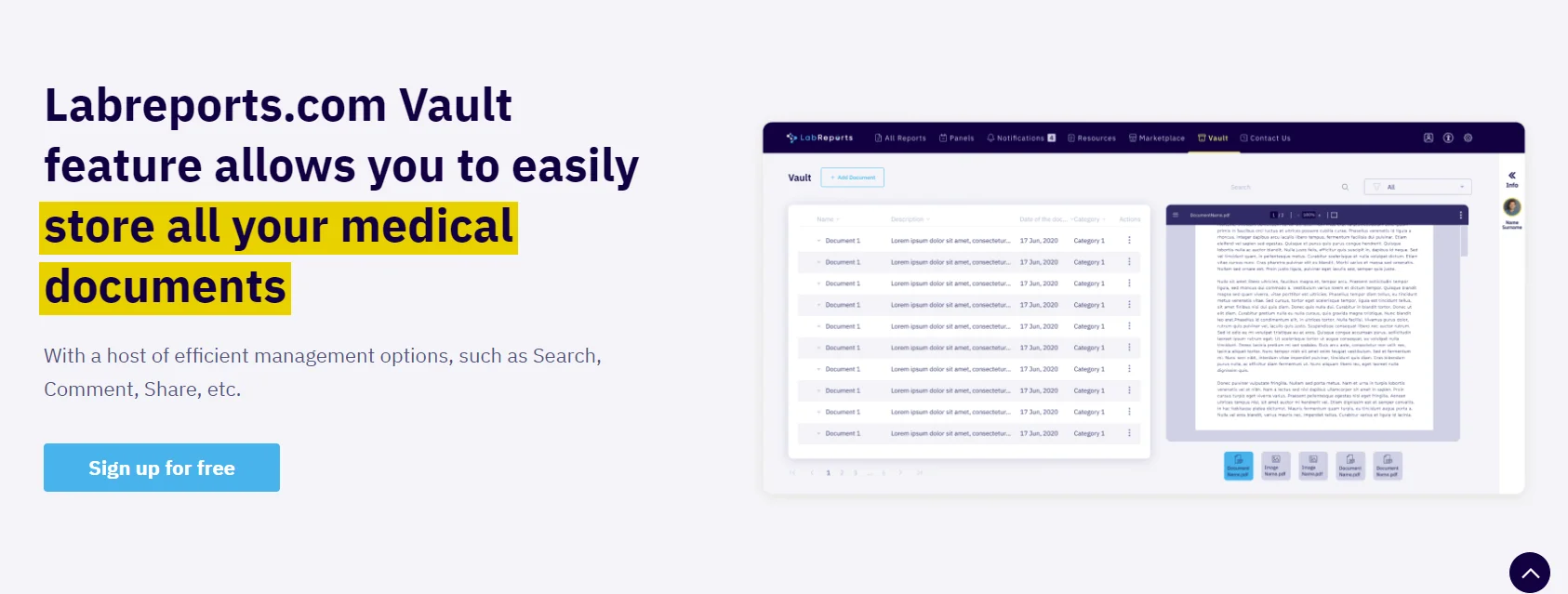If you cannot answer that question based on steps 1 and 2, you need to go back to the start and rethink the user story. A user journey map[37] intends to show the big picture but for a single user category. Its narrative line focuses on the chronology of phases and actions that a single user has to perform definition of user story in order to achieve his or her objectives. And these, although, are known as the 3C’s - Card, Conversation and Confirmation. Discover how teams can use issues to track individual pieces of work that must be completed. User stories are a few sentences in simple language that outline the desired outcome.
User stories are the most common form of product backlog item for agile teams. During sprint or iteration planning, user stories are moved from the product backlog to the sprint backlog. Delivering features that can be implemented quickly with the appropriate levels of quality assurance and delivered to end users is another key agile principle.
Business Hours
Through the communication between user and project team, user stories are found. At this state, the user stories have nothing more than a short description of user’s need. There is no detailed discussion of requirements, no system logic and no screen design yet. In fact, the only purpose of user story, for now, is just for reminding all parties for a future discussion of user’s request written in this user story (card). It is possible that the user story will be discarded in the future. Visual Paradigm supports a powerful agile toolset that covers user story mapping, affinity estimation, sprint management, etc.
The team can then collaboratively select the most relevant insights for the design problem and merge them into cohesive user stories. A complex user story can’t fit into one sprint, so it is separated into a few. As a rule, it shouldn’t take more than 1–2 weeks to develop one user story task. Using this approach, developers can deliver new features more quickly and switch to other tasks.
Global Development
You can check whether your user story is written properly with the help of the INVEST method. Each letter stands for a separate criterion that characterizes a high-quality, insightful user story. Being a material object, it has a clear requirement written on it instead of an abstract and vague verbal explanation. The requirement is usually written in a short form (preferably one and not more than two–three sentences) and complies with the role-feature-reason format. Make sure it is written in a user-friendly manner without complex IT terms and lines of code. It should be written so it’s understandable to the end consumer, not a software engineer.

This can include clients, potential users, software engineers, UI/UX designers, and QA specialists. Afterwards, the results of this communication are put into writing. ” and refers to the client or end-user of the feature under development. There could be multiple user stories and multiple would-be users of the software, so a definite name is necessary. In this case, the main focus is on communication with the customer, which assists in understanding all the details that need to be taken into account. It helps to develop the program in less time and avoid mistakes caused by misunderstanding of requirements.
Examples of User Stories
Understanding their role as the source of truth for what your team is delivering, but also why, is key to a smooth process. It can help you check your own user stories against the INVEST criteria if you get to see examples of stories that meet them and stories that don’t. The story gives the development team enough detail to estimate the size of the story. Below is the list of questions and the corresponding answers that I share with everyone. I hope that this information is useful to anyone who wants to know more about user stories.
- User stories can be expanded to add detail based on these conversations.
- Regardless of how much of documentation or discussion we generate, we need to confirm ‘what’ is to be completed.
- Maryia is an avid technology enthusiast who constantly follows the developments in the industry and enjoys shedding light on the hottest IT topics.
- I’m not a big fan of the extra complexity one more term brings, and I find it a demotivating waste of time when teams get caught up in arguing whether a certain story is a feature or just a story, for example.
- Product teams need to capture functionality from their perspective in order to identify ways to offer real value.
- Unlike business requirements or documents in traditional software development approaches, no formal process exists for approving requirements in an agile environment.
Once you have mastered the art of creating epics and stories, you might want to go one further and optimize using automation. Here are three of the most common automation rules used for sprints in Jira. An epic burndown chart shows the actual and estimated amount of work to be done in a sprint or epic.
Acceptance Testing
That means outlining tasks and subtasks and assigning them to the right people. The various users described in the stories your team writes might in some cases be the same person needing different functionality for different tasks. After the requirements are clarified, the development team will design and implement the features to fulfill user’s requests. Conversation represents a discussion between the target users, team, product owner, and other stakeholders, which is necessary to determine the more detailed behavior required to implement the intent. In other words, the card also represents a “promise for a conversation” about the intent.

In this post, we’ve limited the description of each of the criteria to a single sentence to help keep them memorable. Since then there have been lots of different formulations for the individual INVEST criteria. We’ve described them in various ways ourselves, as has Bill Wake (in fact the “S” now stands for Scalable in his latest version). Unlock the full potential of Agile methodology with Wrike’s customizable Agile teamwork template — simply customize it to suit your needs. Before you start your story, take some time to identify potential risks or disadvantages and outline how you aim to counteract them. Conduct extensive user research by creating surveys, hosting focus groups, and reading user forums.
Recent Blog Posts
Collaborative story writing ensures all perspectives are addressed, and everyone agrees on the story’s behavior with the results represented in the story’s description, acceptance criteria, and acceptance tests. The acceptance tests are written using the system’s domain language using BDD. BDD tests are then automated and run continuously to maintain Built-In Quality. The BDD tests are written against system requirements (stories) and, therefore, can be used as the definitive statement for the system’s behavior, replacing document-based specifications.
We can write a User Story following the INVEST criteria, which is great because it allows you to create small and complete enough pieces of work, to deliver them in one sprint. Not knowing the conditions in which a feature can be marked as done is a problem because you cannot measure the progress. They are the same as the acceptance criteria for User Stories, and we should write them exactly the same.
What is the definition of done? Guide for agile teams with examples
It’s powerful but yet easy-to-use, intuitive and, most important, AGILE. User stories are often recorded on index cards, on Post-it notes, or in project management software. Depending on the project, user stories may be written by various stakeholders such as clients, users, managers or development team members. Members of my scrum team, training participants, colleagues, and various stakeholders involved in agile/scrum implementation projects repeatedly ask me the same questions about user stories.

